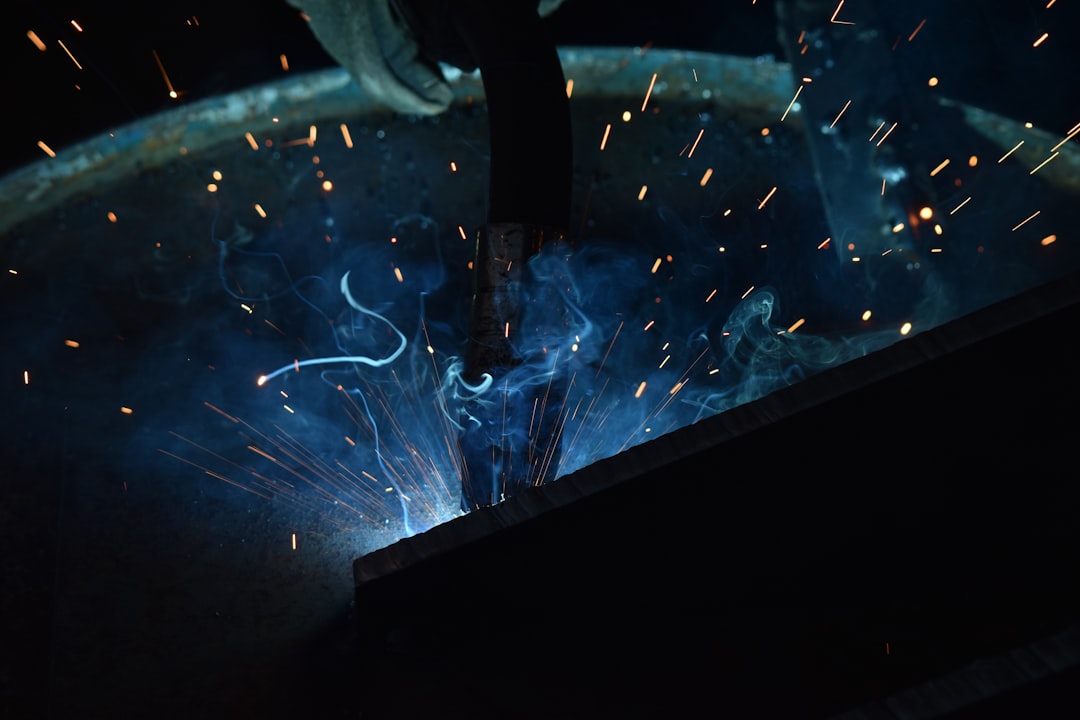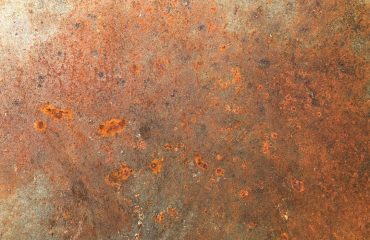The automotive, construction, and industrial sectors rely heavily on Original Equipment Manufacturers (OEMs) to supply high-quality steel components. These components, ranging from intricate engine parts to robust structural elements, are crucial for the performance and longevity of countless products. This blog post delves into the complex world of OEM steel component production, exploring the processes, challenges, and future trends shaping this vital industry.
1. Material Selection: The Foundation of Quality
The journey of an OEM steel component begins with meticulous material selection. The choice of steel grade is paramount, dictated by the specific application and required properties. Factors considered include tensile strength, yield strength, ductility, hardness, weldability, and corrosion resistance. Commonly used steel grades include low-carbon steel for applications requiring formability, medium-carbon steel for balance of strength and ductility, and high-carbon steel for applications demanding exceptional hardness. Stainless steel alloys are chosen for their corrosion resistance, while tool steels are selected for their exceptional wear resistance. The OEM works closely with steel suppliers to ensure consistent material quality and traceability throughout the supply chain. This often involves rigorous testing and certification to meet stringent industry standards.
2. Manufacturing Processes: Shaping Steel into Precision Components
Once the appropriate steel is selected, the manufacturing process begins. This can involve a variety of techniques depending on the component’s design and required tolerances. Common methods include:
- Forging: A process that shapes the steel using compressive forces, resulting in high strength and improved grain structure.
- Casting: Molten steel is poured into a mold, creating complex shapes efficiently. This is often followed by machining to achieve precise dimensions.
- Rolling: Steel is passed through rollers to reduce its thickness and create sheets or bars. This is frequently used as a precursor to other processes.
- Machining: Utilizing CNC (Computer Numerical Control) machines, raw steel is precisely cut, drilled, and shaped to the final specifications. This ensures high accuracy and repeatability.
- Welding: Joining multiple steel pieces to form larger or more complex components. Various welding techniques are employed, each suited to specific steel grades and joint designs.
The selection of the manufacturing process is a crucial decision, impacting cost, lead time, and the final component’s quality.
3. Quality Control: Ensuring Excellence Throughout the Process
Rigorous quality control is indispensable in OEM steel component production. From raw material inspection to final product testing, every stage undergoes scrutiny to ensure compliance with stringent standards. This includes:
- Dimensional Inspection: Verifying that the component’s dimensions fall within the specified tolerances using tools like CMM (Coordinate Measuring Machines).
- Material Testing: Analyzing the steel’s chemical composition and mechanical properties to ensure it meets the required specifications.
- Non-Destructive Testing (NDT): Employing techniques such as ultrasonic testing, radiography, and magnetic particle inspection to detect internal flaws without damaging the component.
- Surface Finish Inspection: Assessing the surface quality for defects like scratches, pitting, or corrosion.
- Functional Testing: Simulating real-world conditions to ensure the component performs as expected under stress and load.
Implementing robust quality control measures minimizes defects, reduces waste, and ensures the delivery of high-quality components that meet the OEM’s and customer’s expectations.
4. Supply Chain Management: Optimizing Efficiency and Collaboration
Effective supply chain management is crucial for OEM steel component production. It involves coordinating with various suppliers, including steel mills, machining shops, and logistics providers. This requires careful planning, inventory management, and efficient communication to ensure timely delivery of materials and components. Modern supply chain strategies often incorporate technologies like ERP (Enterprise Resource Planning) systems and real-time tracking to enhance visibility and streamline operations. Building strong relationships with reliable suppliers is essential to mitigate risks and ensure consistent quality.
5. Future Trends: Innovation and Sustainability in Steel Component Production
The future of OEM steel component production is characterized by innovation and a growing focus on sustainability. Key trends include:
- Additive Manufacturing (3D Printing): Offering the potential to create complex geometries and reduce material waste.
- Advanced Materials: The development and adoption of high-strength, lightweight steel alloys to improve fuel efficiency and reduce emissions.
- Automation and Robotics: Increasing automation to enhance productivity, improve accuracy, and reduce labor costs.
- Digitalization and Data Analytics: Leveraging data analytics to optimize processes, predict potential issues, and improve decision-making.
- Sustainable Practices: Reducing carbon footprint through energy-efficient processes, recycling, and the use of sustainable materials.
Embracing these trends will be essential for OEMs to remain competitive and meet the evolving demands of the market.
In conclusion, OEM steel component production is a multifaceted and dynamic industry. From meticulous material selection and advanced manufacturing processes to rigorous quality control and sustainable practices, every aspect contributes to the creation of high-quality components that power industries worldwide. The future of this industry promises further innovation and a continued commitment to excellence.
SEO Tags:
OEM Steel Components, Steel Component Manufacturing, Metal Fabrication, Precision Machining, Automotive Parts




